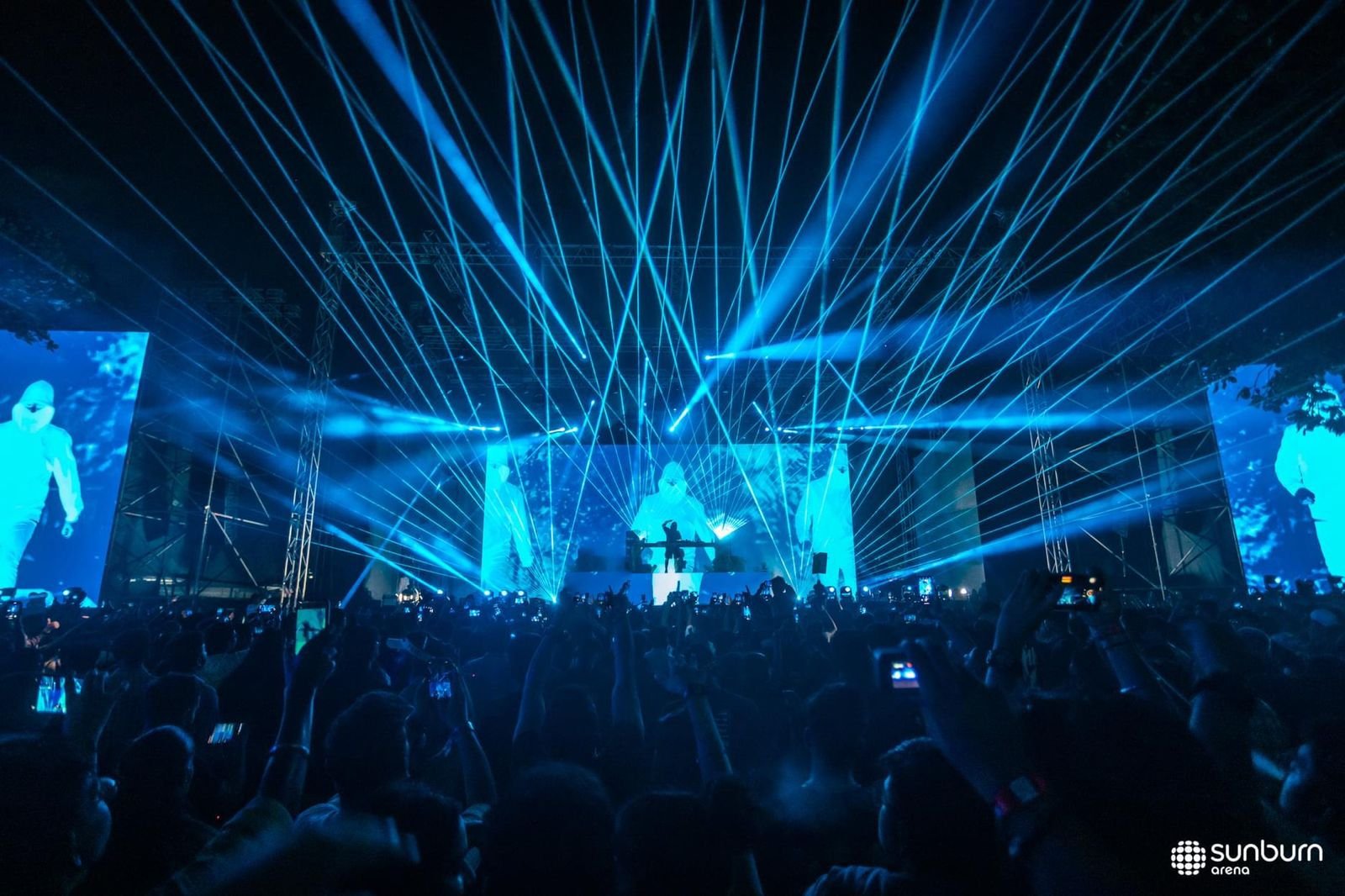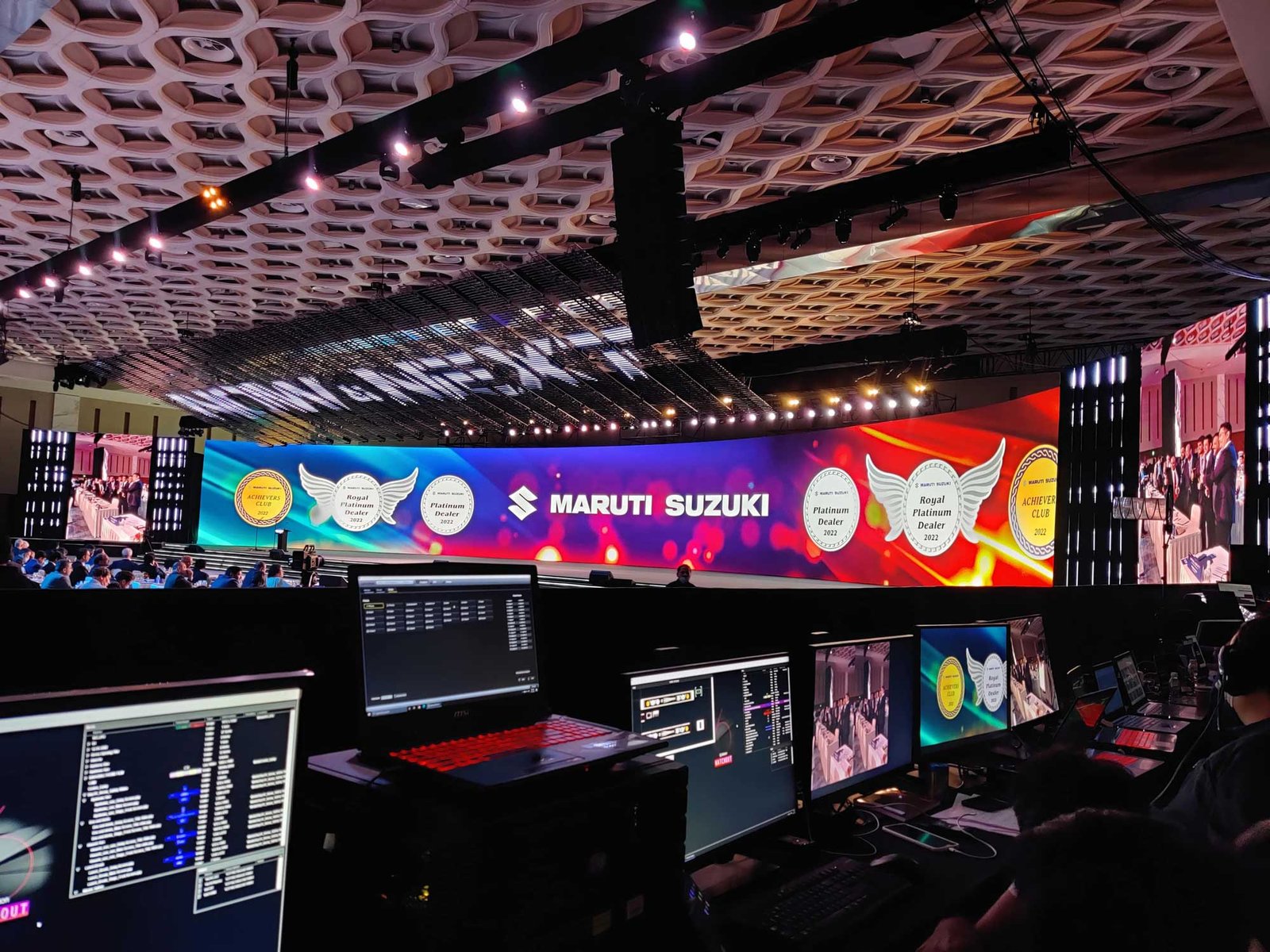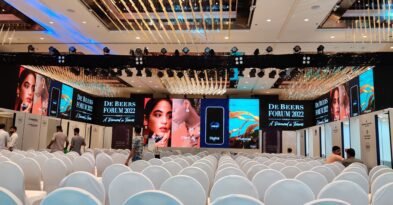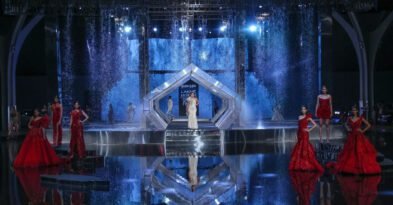If these walls could talk…they’d tell you that they’re Bright and Bold—and always make an impression! But it wasn’t all that long ago that LED walls were reserved for Main Scale or High End Events. So while sporting events and concerts have been employing LED Wall displays for years, only recently have they become practical and cost-effective for smaller-scale events. Now, LED Walls can be found at corporate events, trade shows, fashion shows, Lets look at the Five things that you should consider before Renting LED Wall:
1) DO I WANT AN INDOOR OR OUTDOOR LED WALL :

There are differences between indoor and outdoor LED Wall that all event planners need to be aware of. For example, Indoor screen generally have a lower pixel pitch (not a bad thing) and they’re often not weatherproofed, while outdoor walls are generally larger with a higher pixel pitch, and weatherproofed. Outdoor LED Wallsare also a lot brighter than indoor walls because they often have to compete with the sun’s rays. The tradeoff is image quality; the brightness can wash out some of the Colors and affect contrast, or what we call black levels-the level of brightness at the darkest part of a visual image.
2. What Size of LED Wall is Right For My Event?
LED Walls are scalable to almost any size and shape, so it’s important to choose the right size wall for your event . If you’re putting on a smaller, more intimate event, you’ll probably want to go smaller, such as 16’ x 10’ screen, otherwise the LED wall may be overbearing to viewers. However, if you’re putting on a larger affair, such as a general session in a large ballroom or even a concert, you may want to consider an 65’ x 15’ or greater.
3. What LED Wall Pixel Pitch Do I need ?
Pixel pitch is the distance between two pixels in millimeters and a measure of pixel density. It can determine the clarity and resolution of your LED screen modules and the minimum viewing distances. The smaller the pixel pitch, the less empty space between pixels, which means higher pixel density and improved screen resolution. For example – 2.9mm is better than 3.9mm . However, the distance the audience will be from the wall needs to be a consideration. For larger events in which people will be further away from the wall, you can save money and use a higher pixel pitch; for smaller events where viewers will be close to the wall, you’ll need a lower pixel pitch. As a general rule, Fine Pixel Pitch LED is better .

4. What Aspect Ratio Is the Best ?
Aspect ratios describe the relationship between the width and height of a digital display (W:H). For example, a 1:1 ratio means that the width and height are equal to each other, while a 2:1 aspect ratio means the width is double the height. Here are some other aspect ratio examples:
- Landscape, in which width is greater than height, such as 3:2
- Square, in which weight equals height, such as 1:1
- Portrait, in which width is less than height, such as 2:3
When making content for rental LED Walls, please be careful of the aspect ratio. For instance, if your LED Wall is 960×540 16:9, then you can also make display files at 1680×1008. Higher file resolution will not lead to clearer image quality, hence you should choose the appropriate one.
5. IP Rating ?
IP rating is the measurement of resistance to rain, dust and other natural elements. Outdoor LED screens require at least an IP65 (the first number is the protection level of preventing solid objects and the second is for liquids) rating to run stable in different weather and IP68 for some areas with accumulated rainfall, whereas that of Indoor LED screens can be less strict. For instance, you can accept IP63 rating for your indoor rental LED screen.






